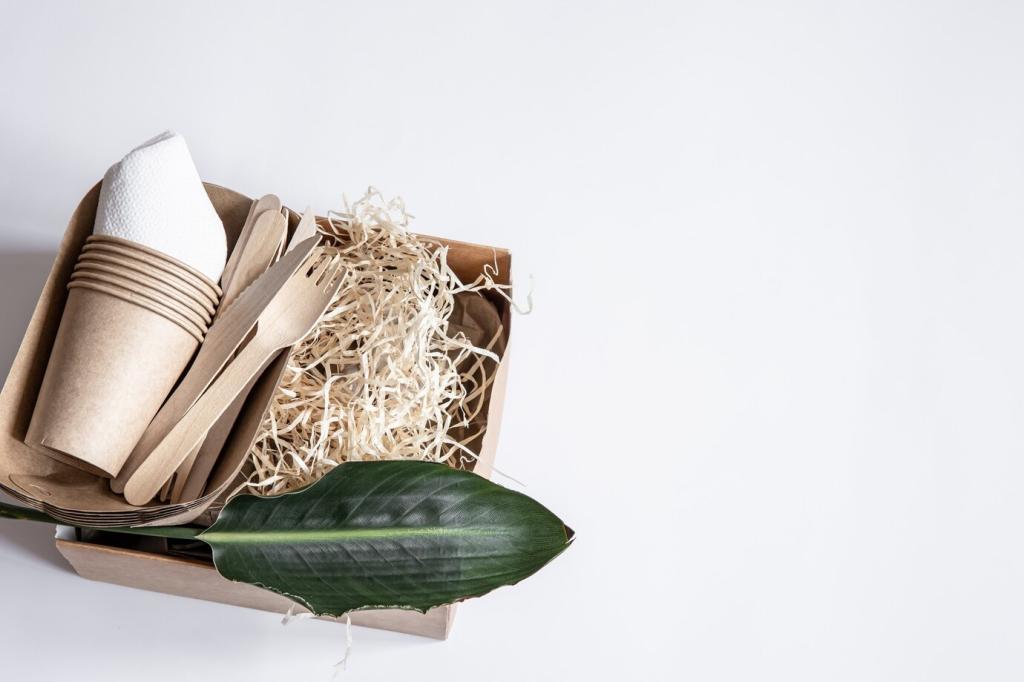Why Organic Textiles Belong in Your Home
Organic textiles skip many harsh chemicals often found in conventional finishes and stain repellents, helping to reduce irritants in your home’s air. For sensitive skin and allergy-prone families, breathable organic fibers can mean fewer flare-ups and more nights of deep, restorative sleep. Tell us what difference you’ve noticed after switching.
Why Organic Textiles Belong in Your Home
Organic farming lowers pesticide use, supports healthier soil, and can reduce water pollution. When those fibers become your bedding or curtains, you extend that care to your indoor environment. Choosing organic means voting for biodiversity and climate-smart practices. Comment with the products you’re curious to try next.


